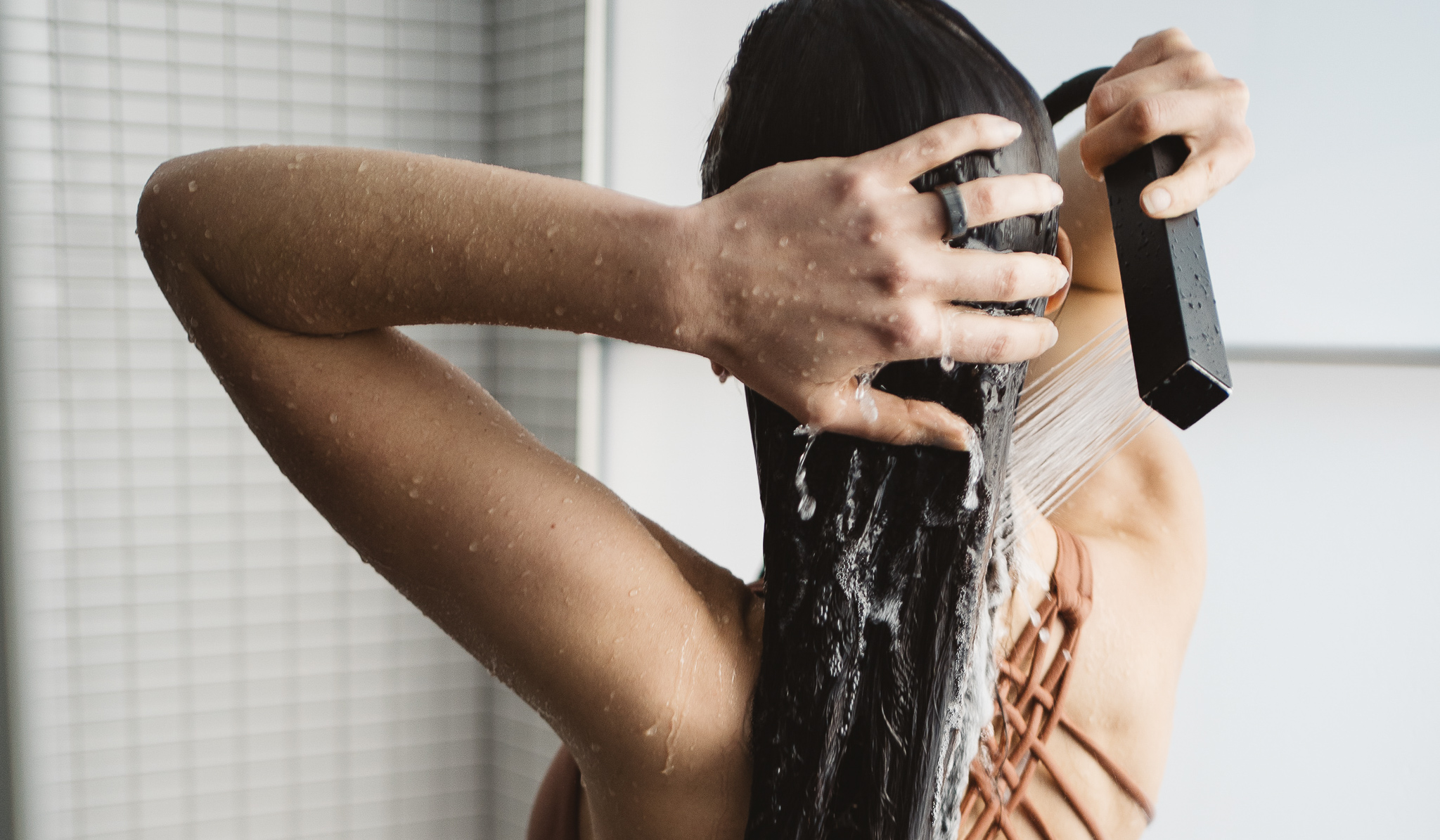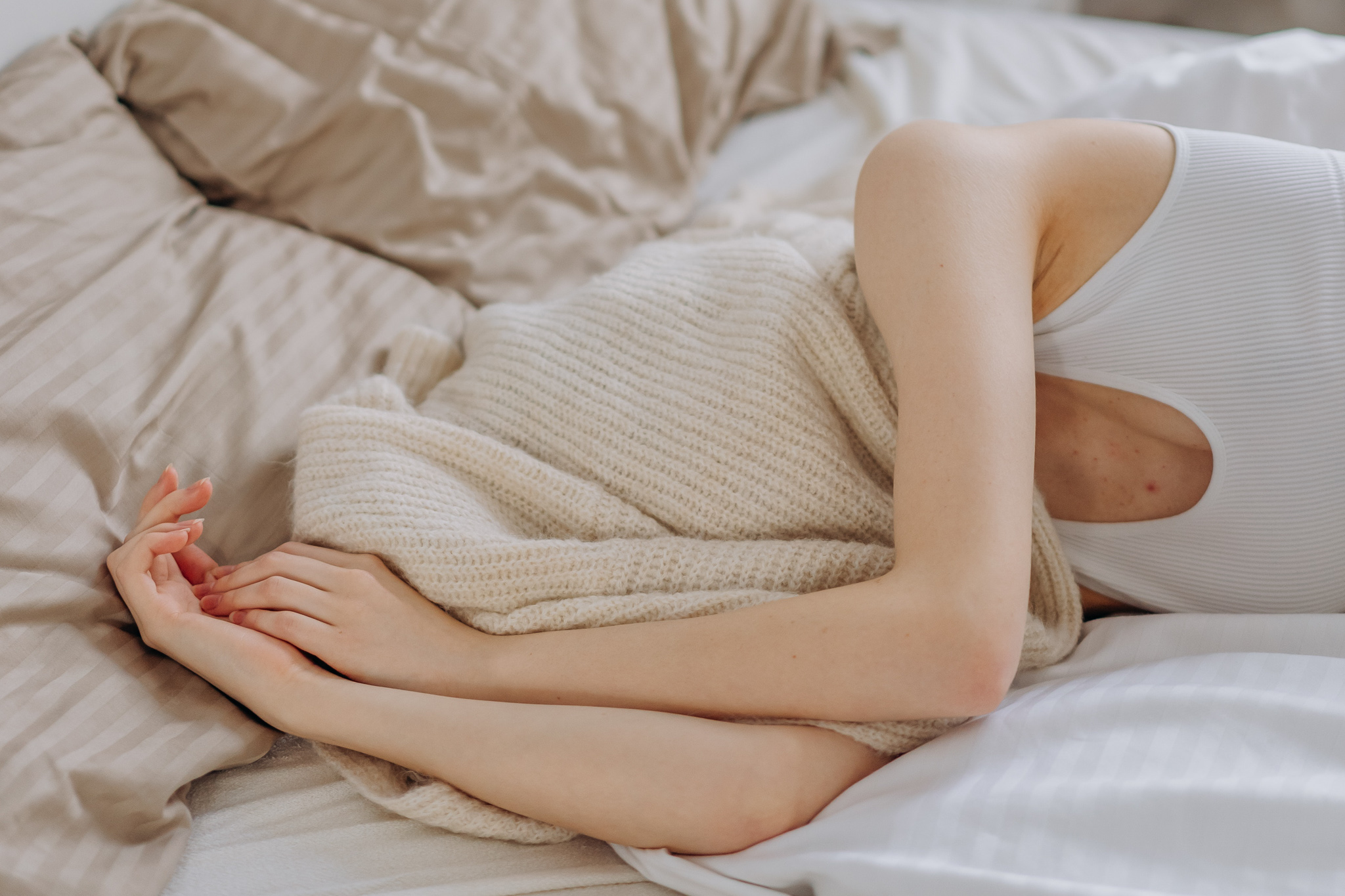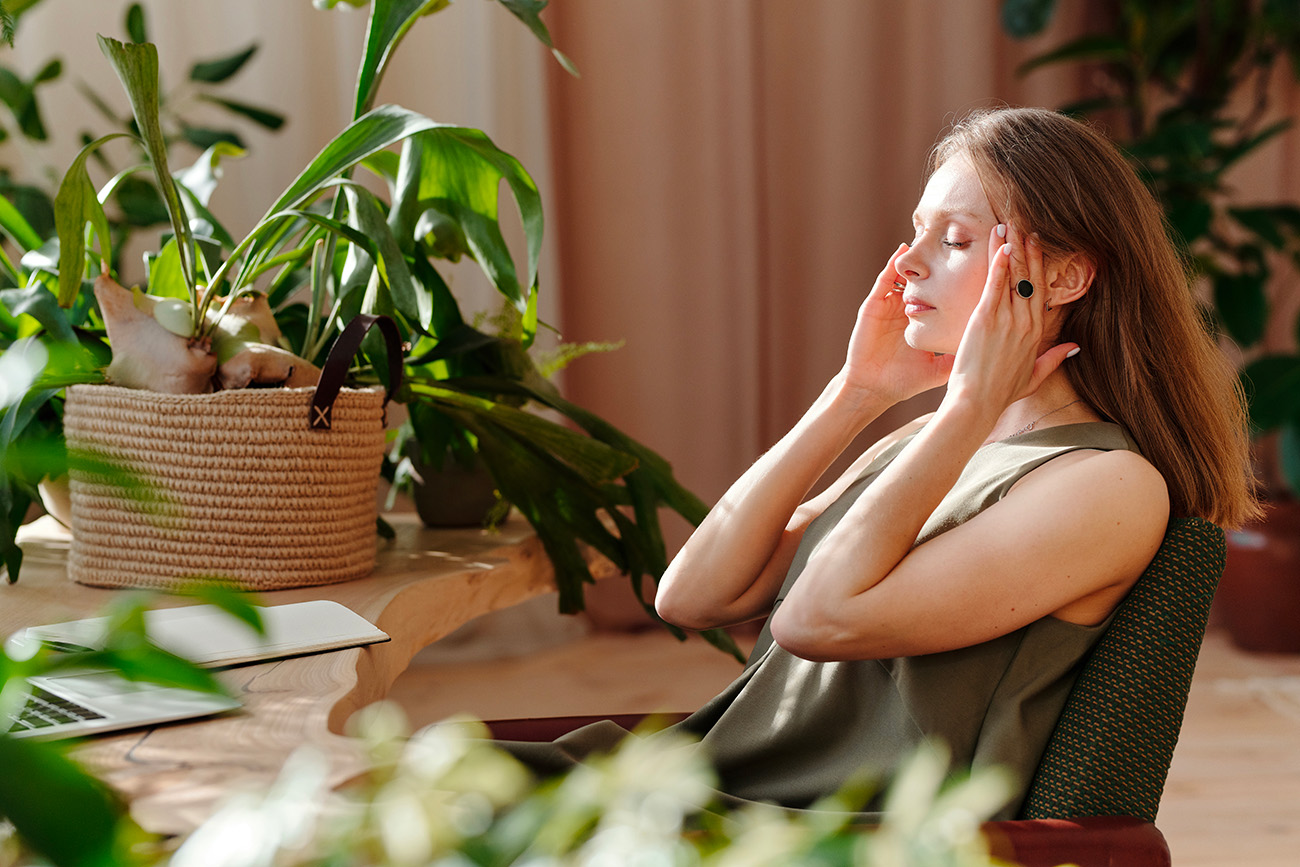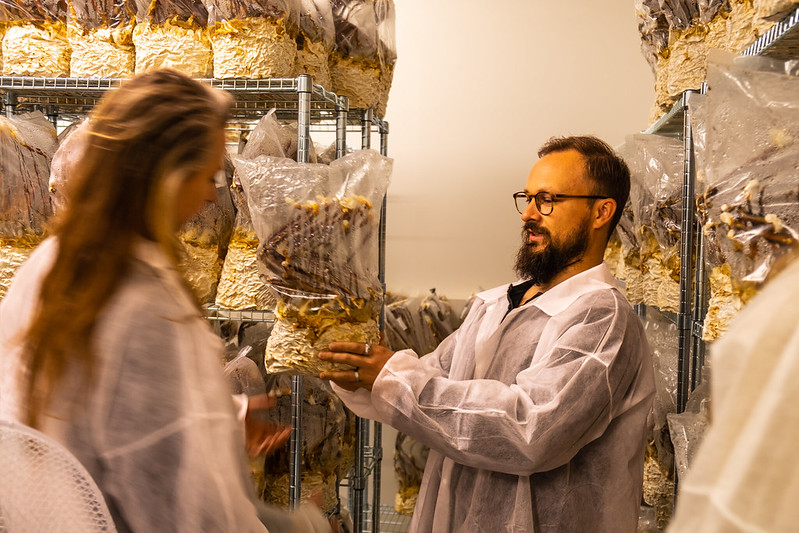Basics of biohacking
4 Steps to Creating and Maintaining New Habits, According to Neuroscience
3-minute reading What will you learn in this article? Four tips on how to proceed when developin...
9 Hacks to support your body during Christmas and New Year’s Eve
Christmas gatherings, family visits, New Year’s Eve parties... A period of mutual gratitude, but als...
SOS Ideas for Biohackers Christmas Presents
So that the power of Christmas would not overpower us. Christmas in a zen den Perhaps you ...
How to Protect Both Your Body and Your Wallet in the Chilly Autumn?
Make the chilly autumn weather more enjoyable, boost your resistance, and give your wallet a rest. ...
Practical defence against the dark arts of headache and migraine.
The dark realm of headaches Practical defence against the dark arts of headache and migraine. Oh...
What you might not expect at the Biohacker Summit!
Biohacker Summit, Helsinki 2022 - Part II Welcome to part II. In my first article, I explained what...
Hot Biohacking or the Mental Health Benefits of Sauna
The practice of sauna is ancient, with evidence that goes back thousands of years. It can vary in fo...







